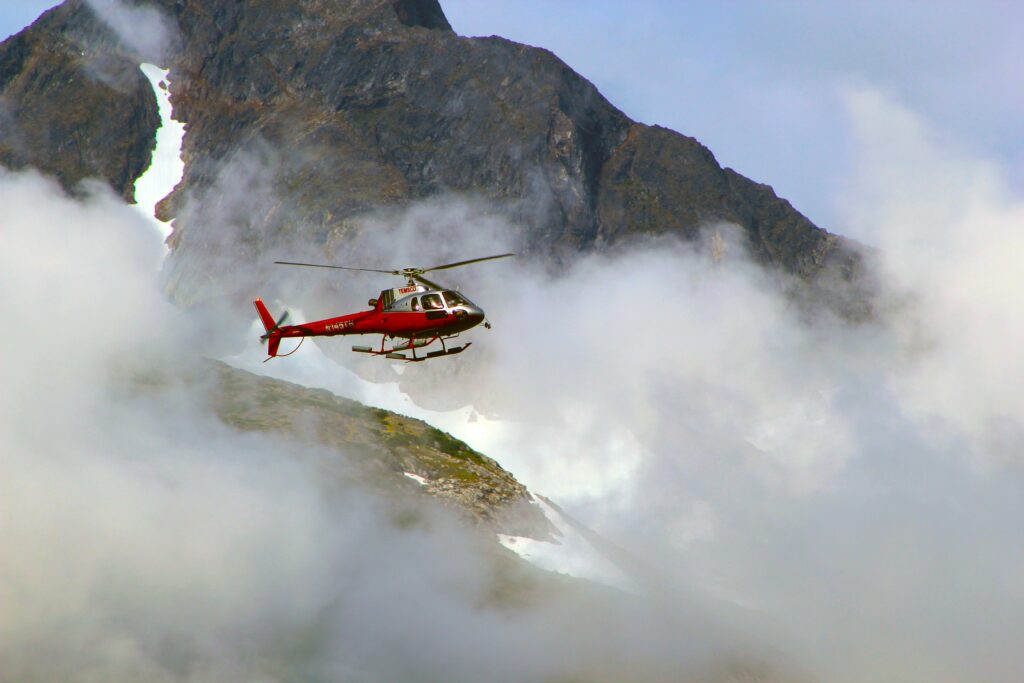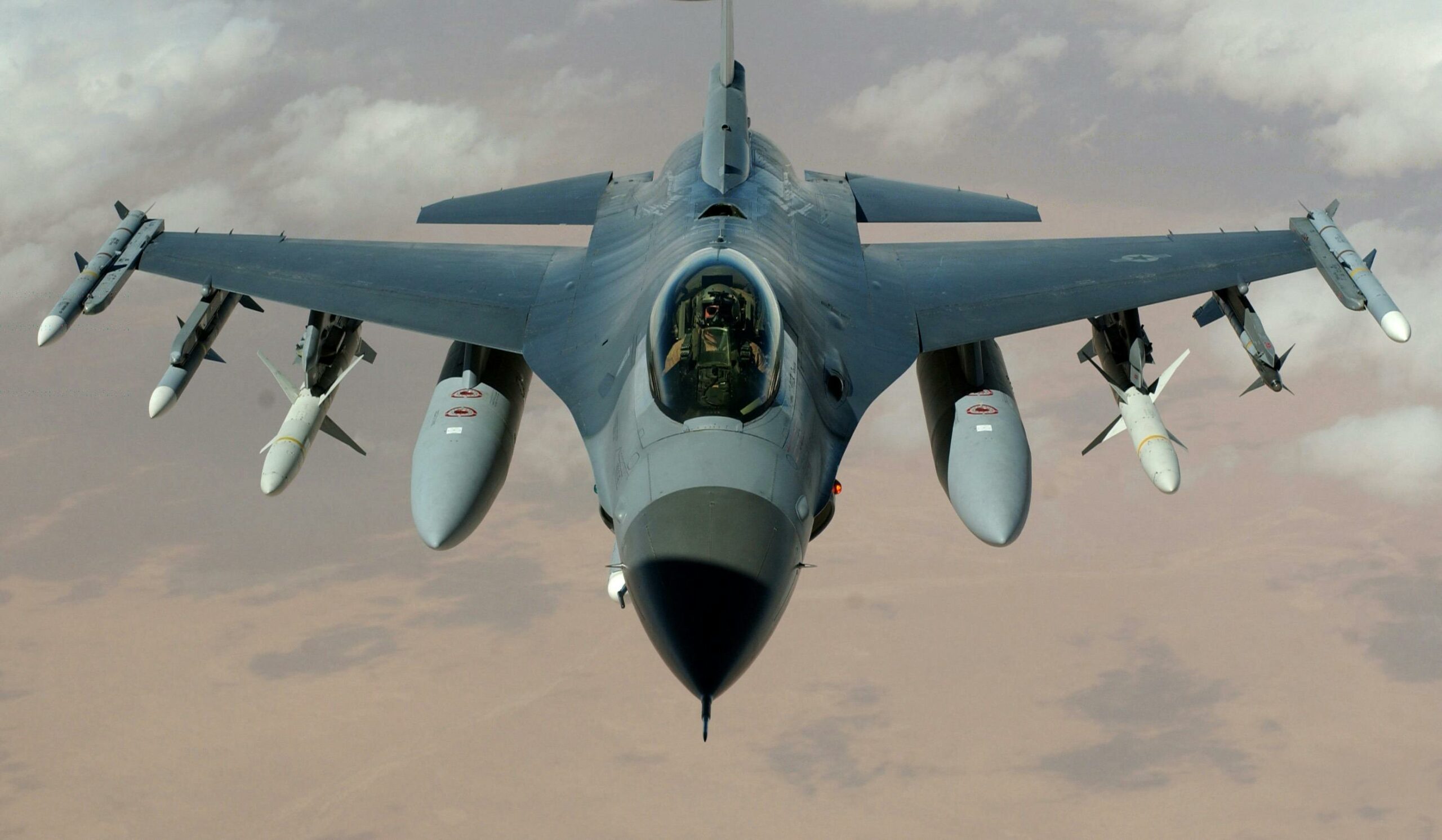Turbulence Trends: How Climate Change is Impacting Your Flight

The aviation industry is closely monitoring the impact of climate change on turbulence trends. In recent years, researchers have observed a significant increase in turbulence intensity and frequency, particularly in the Northern Hemisphere. This is due to the changing atmospheric conditions, including stronger wind shears and more intense thunderstorms, which are directly linked to climate change. As a result, pilots are being forced to alter their flight paths to avoid areas of turbulence, leading to longer flight times and higher fuel costs.
Understanding Turbulence

Turbulence is the irregular motion of air resulting from various atmospheric phenomena. It is a common experience for air travelers, and it can range from light bumps to severe jolts that can cause injury or damage to the aircraft. Understanding turbulence is crucial to ensure safe and comfortable air travel.
Types of Turbulence
There are three main types of turbulence:
- Convective Turbulence: This type of turbulence is caused by rising and falling thermal currents in the atmosphere. It is most common in warm and humid climates, where the sun heats the ground, causing the air to rise and form clouds.
- Mechanical Turbulence: This type of turbulence is caused by wind shear, which is a sudden change in wind direction or speed. It can occur near mountains, buildings, or other structures that disrupt the flow of air.
- Clear-Air Turbulence: This type of turbulence occurs in the absence of clouds or other visible signs of turbulence. It is caused by changes in wind speed and direction in the upper atmosphere, and it can be difficult to predict and avoid.
Causes of Turbulence
Turbulence can be caused by a variety of factors, including:
- Weather: Thunderstorms, hurricanes, and other severe weather can cause turbulence.
- Jet Streams: High-altitude winds known as jet streams can cause turbulence, especially when they interact with other weather systems.
- Troposphere and Stratosphere: Turbulence can occur in both the troposphere and stratosphere, which are the two lowest layers of the Earth’s atmosphere.
Turbulence and the Atmosphere
Turbulence is a natural and inevitable part of the Earth’s atmosphere. As climate change continues to affect the planet, there may be changes in the frequency and intensity of turbulence. Scientists are studying the potential impact of climate change on turbulence, but more research is needed to fully understand this complex issue.
Related Posts:

Climate Change and Turbulence
Impact of Global Warming on Turbulence
Climate change is causing turbulence to become more frequent and severe, which can impact the comfort and safety of air travel. As global temperatures rise, the atmosphere becomes more unstable, leading to increased turbulence. Clear-air turbulence, which occurs in cloudless skies and is often undetectable by radar, is becoming more common due to changes in atmospheric circulation patterns.
According to a study by the University of Reading, turbulence could increase by up to 149% by 2050 due to climate change. This could result in more flight delays, injuries to passengers, and damage to aircraft.
Jet Stream Changes and Flight Paths
The jet stream, a high-altitude wind that flows from west to east across the North Atlantic, plays a significant role in air travel. It can either speed up or slow down flights, and pilots often use it to save time and fuel. However, climate change is causing the jet stream to become more erratic, which can affect flight paths and increase turbulence.
As the jet stream becomes more unstable, it can create areas of high wind shear, which can cause sudden changes in wind direction and speed. This can lead to severe turbulence and make flying more challenging and dangerous.
In conclusion, climate change is having a significant impact on turbulence and air travel. As the effects of global warming continue to be felt, it is essential for airlines and regulators to take steps to mitigate the risks and ensure the safety and comfort of passengers.
Safety Concerns and Measures

As climate change continues to impact the aviation industry, safety concerns have arisen regarding turbulence. In-flight injuries due to turbulence have become a growing issue, and airlines are taking measures to prevent them.
In-Flight Injuries and Prevention
Injuries caused by turbulence can range from minor bruises to serious head injuries. Passengers and flight attendants are at risk of injury during turbulence, particularly when they are not wearing their seat belts. In response to this, airlines have implemented policies to encourage passengers to keep their seat belts fastened at all times, even when the seat belt sign is turned off.
In addition to seat belt policies, airlines are also providing education to their passengers and flight attendants on how to prevent and handle turbulence-related injuries. This includes providing information on how to properly secure carry-on luggage and how to brace for impact during turbulence.
Seat Belt Policies and Education
Seat belts are the most effective way to prevent in-flight injuries caused by turbulence. Airlines have strict policies in place requiring passengers to keep their seat belts fastened at all times when seated. Flight attendants also ensure that passengers are aware of the importance of keeping their seat belts fastened, particularly during periods of turbulence.
In addition to seat belt policies, airlines are also providing education to their passengers and flight attendants on the importance of seat belts. This includes information on how to properly fasten and adjust seat belts, as well as how to use them in case of turbulence.
Overall, airlines are taking measures to ensure the safety of their passengers and flight attendants during periods of turbulence. By implementing seat belt policies and providing education on turbulence prevention and handling, airlines are working to reduce the number of in-flight injuries caused by turbulence.
Technological Advancements in Detection

As climate change continues to impact air travel, technological advancements in detection have become increasingly important in ensuring passenger safety. These advancements have allowed for more accurate forecasting of turbulence, making it easier for pilots to avoid dangerous conditions.
Radar and Satellite Systems
One of the most important advancements in turbulence detection has been the development of radar and satellite systems. These systems are able to detect turbulence in real-time, allowing pilots to adjust their flight paths accordingly. This technology has greatly improved the safety and efficiency of air travel, and has become an essential tool for pilots and air traffic controllers alike.
Improvements in Turbulence Forecasting
In addition to real-time detection, improvements in turbulence forecasting have also had a significant impact on air travel safety. Research has led to the development of more sophisticated forecasting models, which are able to predict turbulence with greater accuracy and precision. This has allowed pilots to plan their flights more effectively, avoiding dangerous conditions and reducing the risk of injury or damage to the aircraft.
Overall, technological advancements in detection have played a crucial role in improving the safety and efficiency of air travel in the face of climate change. As research and development continue, it is likely that we will see even more sophisticated detection systems in the future, further enhancing the safety and reliability of air travel.
The Role of the Aviation Industry
The aviation industry plays a crucial role in mitigating the impacts of climate change on flights. The industry is taking steps to address the issue of increased turbulence caused by climate change.
Airlines’ Response to Increased Turbulence
Airlines are taking steps to minimize the impact of turbulence on flights. They are investing in advanced technology that can predict turbulence and provide real-time information to pilots. This information allows pilots to adjust their flight path and altitude to avoid turbulence, resulting in a smoother flight.
Additionally, airlines are implementing measures to ensure the safety of passengers and crew during turbulence. They are installing stronger seat belts and designing aircraft interiors that can withstand turbulence. This ensures that passengers and crew are safe and comfortable during turbulent flights.
Training for Pilots and Crew
The aviation industry is also investing in training for pilots and crew to handle turbulence. Pilots are trained to recognize and avoid turbulence, as well as how to safely navigate through it. Flight attendants are trained to secure the cabin during turbulence to ensure the safety of passengers.
The industry is also investing in research to better understand the effects of turbulence on aircraft and passengers. This research helps to develop better technology and training programs to mitigate the impact of turbulence on flights.
In conclusion, the aviation industry is taking steps to address the issue of increased turbulence caused by climate change. Airlines are investing in advanced technology and implementing measures to ensure the safety of passengers and crew during turbulent flights. Pilots and crew are also receiving training to handle turbulence, and research is being conducted to better understand its effects.
Economic and Operational Impacts
Costs of Turbulence to Airlines
As climate change leads to more frequent and severe turbulence, airlines are facing increased costs due to the wear and tear on their aircraft. Turbulence can cause damage to engines, seats, and other components, leading to costly repairs and maintenance. In addition, turbulence can also lead to increased fuel consumption, as pilots must navigate around the rough air. This results in higher operating costs for airlines, which can ultimately be passed on to passengers in the form of higher ticket prices.
Flight Delays and Route Changes
Turbulence can also result in flight delays and route changes, as pilots are forced to alter their course to avoid rough air. This can lead to longer flight times and increased fuel consumption, further adding to the costs for airlines. In addition, flight delays can have a ripple effect throughout the industry, causing missed connections and other disruptions for passengers.
To mitigate these impacts, airlines are investing in new technologies and strategies to better predict and avoid turbulence. This includes advanced weather forecasting tools, as well as improved communication and coordination between pilots and air traffic controllers. However, as climate change continues to impact air travel, it is likely that turbulence will remain a significant challenge for the industry in the years to come.
Future Outlook
As climate change continues to impact the planet, it is likely that turbulence trends will continue to shift in unpredictable ways. However, there are some predictions that can be made based on current research and forecasting models.
Predicting Changes in Flight Patterns
According to recent studies, climate change is expected to cause increased turbulence in certain regions of the world, particularly in areas where the jet stream is located. This could lead to longer flight times, increased fuel consumption, and higher greenhouse gas emissions.
At the same time, changes in atmospheric conditions could also lead to new opportunities for more efficient flight paths. For example, some models suggest that flights between North America and Asia could become faster and more direct in the future, thanks to changes in wind patterns over the Pacific Ocean.
Adapting to a Changing Climate
As climate change continues to impact the aviation industry, airlines and airports will need to adapt in order to remain competitive and sustainable. This could involve investing in new technology to reduce fuel consumption and emissions, as well as developing new flight paths and procedures to avoid areas of increased turbulence.
Governments and regulatory bodies will also need to play a role in addressing the impacts of climate change on the aviation industry. This could involve implementing policies to reduce greenhouse gas emissions, as well as investing in research to better understand the complex interactions between the atmosphere and aircraft.
Overall, the future of turbulence trends is uncertain, but it is clear that climate change will continue to have a significant impact on the aviation industry in the years to come. By staying informed and taking proactive steps to adapt, airlines and airports can help to mitigate the impacts of climate change and ensure a more sustainable future for air travel.

